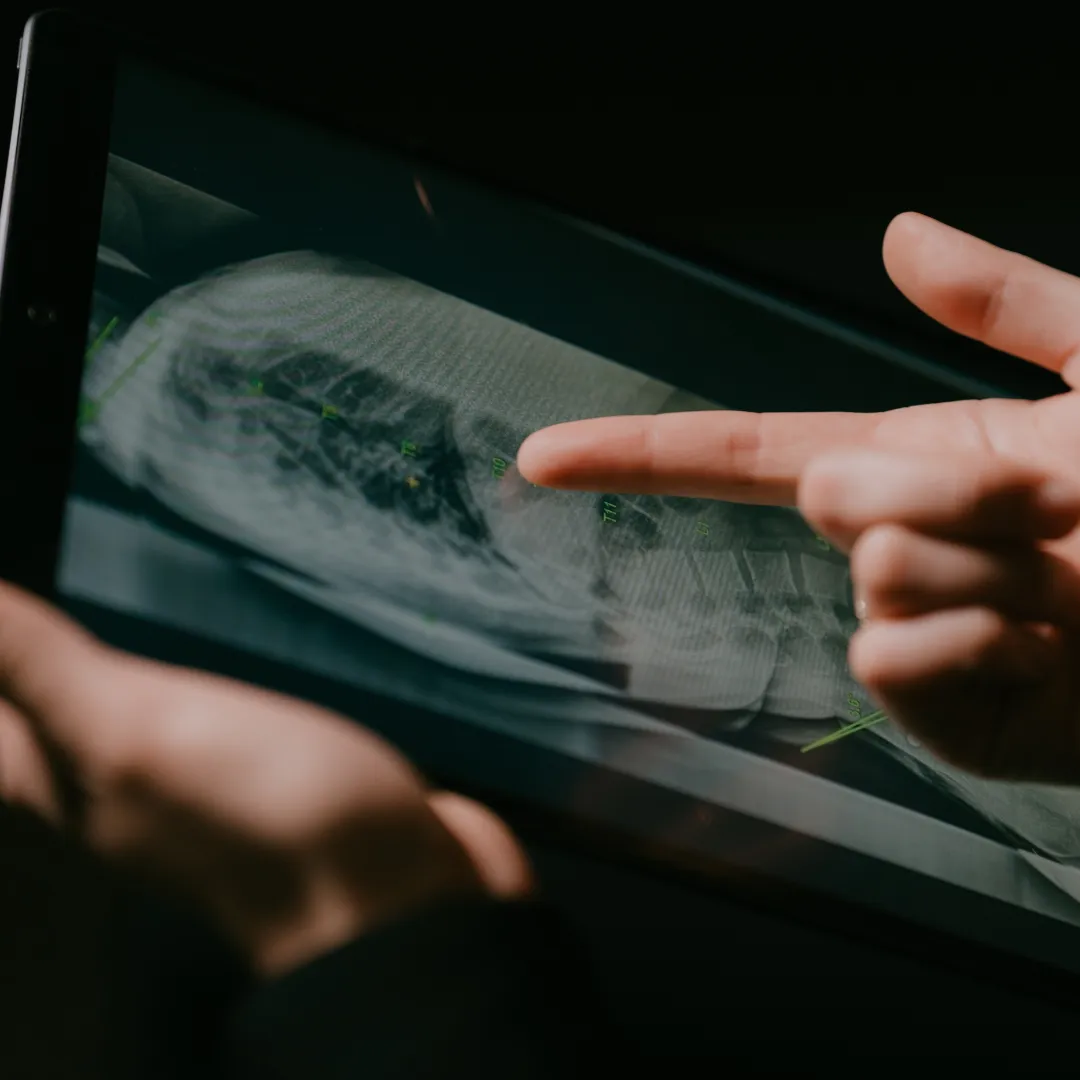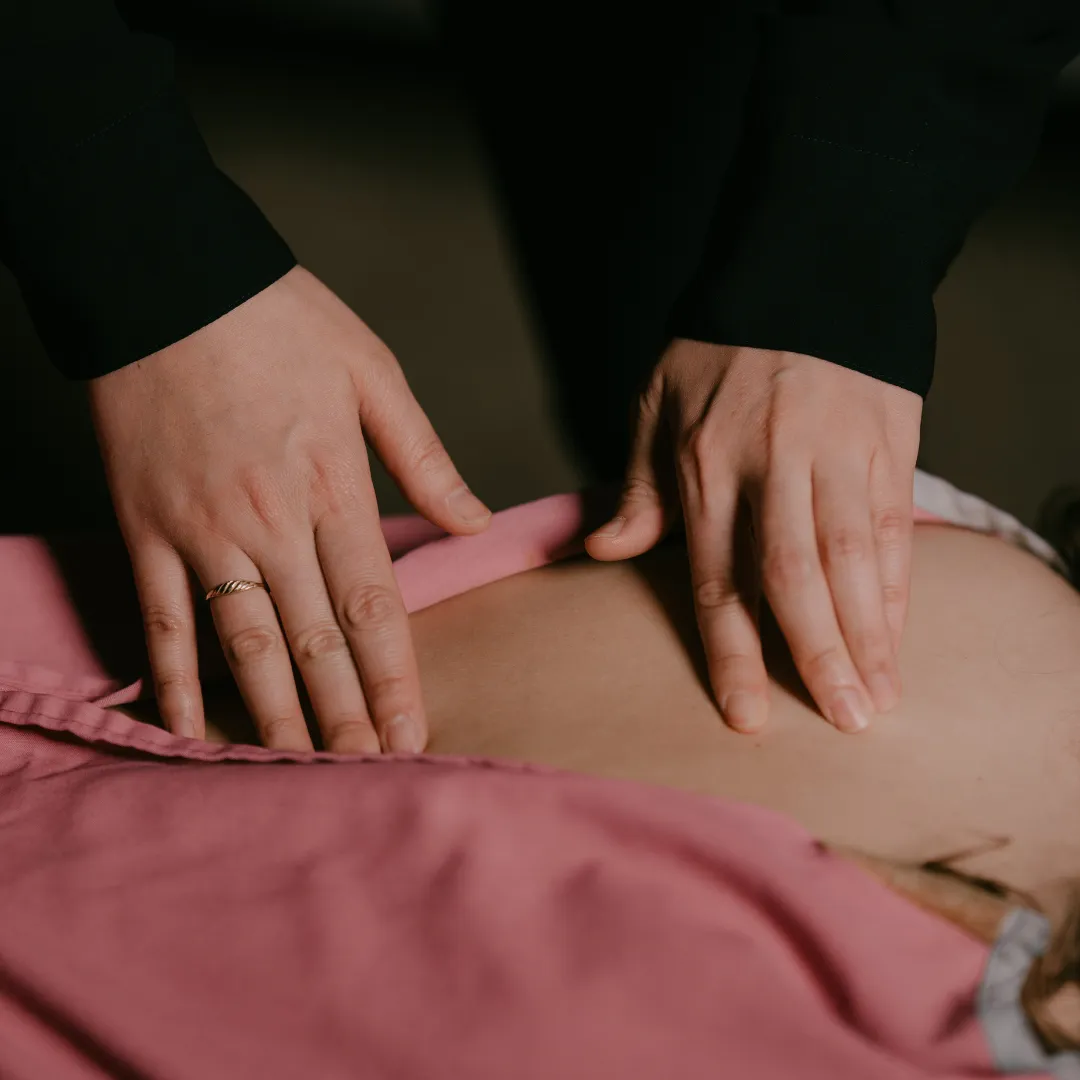GONSTEAD TECHNIQUE
THE HIGHEST STANDARD OF CHIROPRACTIC
The Gonstead chiropractic method exceeds traditional assessments by conducting an extensive examination and analysis of your spine. This technique utilizes five specific criteria to identify the vertebral subluxation complex that may be causing health issues. It emphasizes the role of intervertebral disc dynamics as the fundamental cause of subluxations and the associated neurological dysfunctions, offering a comprehensive approach to spinal health.

X-RAY ANALYSIS
X-ray analysis is integral to the Gonstead technique, providing a clear picture of the spine's structure. This allows for precise diagnosis and treatment planning. X-rays are taken in the standing, weight-bearing position to accurately assess the integrity of the spine and surrounding skeletal structures, ensuring a targeted and effective chiropractic treatment.

VISUALIZATION
Visualization is a critical component of the Gonstead examination process. It involves the chiropractor observing the patient's posture, movement, and physical condition throughout the entire consultation. This careful scrutiny helps to identify subtle changes and asymmetries in the spine and body that may indicate areas of dysfunction.

INSTRUMENTATION
Instrumentation in the Gonstead technique typically involves the use of a Nervo-Scope. This tool detects uneven distributions of heat along the spine, which can be indicative of inflammation and nerve pressure. This precise measurement aids in pinpointing areas of spinal misalignment that may not be visible to the naked eye.

STATIC PALPATION
Static palpation is a hands-on examination where the chiropractor feels for swelling, tenderness, or any abnormal texture or tightness in the muscles and tissues of the back. This method is performed with the patient in a stationary position, allowing the chiropractor to detect any structural abnormalities and areas of stress in the spine.

MOTION PALPATION
Motion palpation involves the chiropractor moving and bending the spine at various angles to assess the range of motion and the alignment of each vertebra. This technique helps to determine if there is proper movement and functioning of the spine and pinpoint areas where the joints are restricted.
